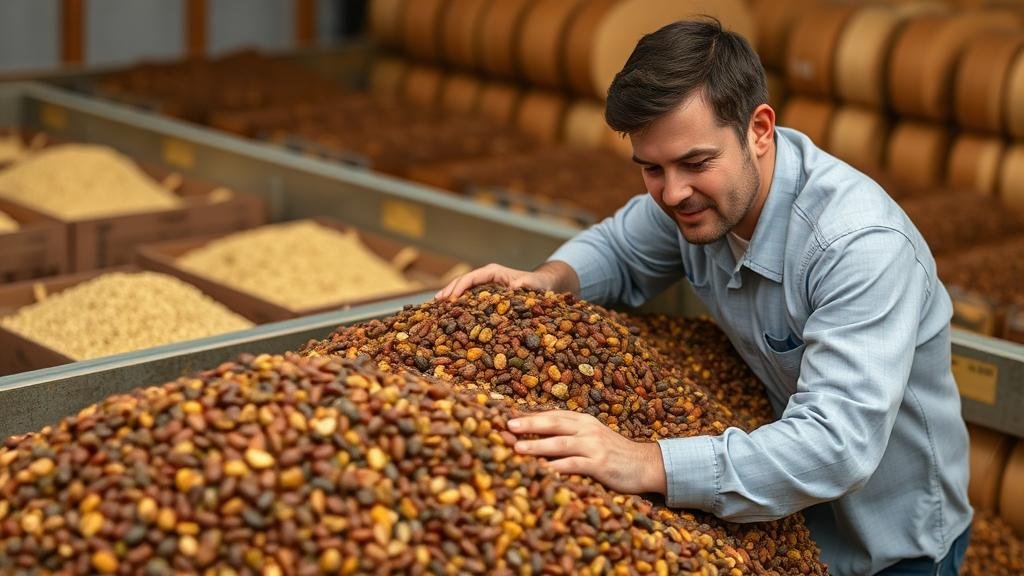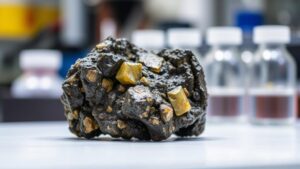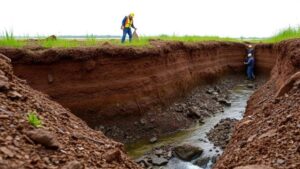Using Agricola’s Ore Sorting Strategies to Maximize Yield
Using Agricola’s Ore Sorting Strategies to Maximize Yield
The pursuit of maximizing yield in mining operations has led to the adoption of various methods, with ore sorting being one of the most compelling strategies. This article explores the innovative ore sorting strategies employed by Agricola, a prominent figure in the renaissance of mining practices, and how they can be utilized to enhance yield and operational efficiency in modern mining.
The Fundamentals of Ore Sorting
Ore sorting is the process of separating valuable minerals from worthless material before the ore is sent for processing. This technique significantly reduces the volume of material that must be treated, ultimately driving down costs and increasing efficiency. Agricola pioneered the use of ore sorting techniques that integrated both mechanical and gravity separation methods.
Agricola’s Techniques: Historical Context
In the 16th century, Georgius Agricola documented mining practices in his seminal work, De Re Metallica. Among his contributions was the implementation of visual examination methods to assess ore quality before processing. His strategies included:
- Visual sorting of mineral samples based on color and texture.
- Gravity separation based on density differences.
- Trial weighing of metals to assess value.
These techniques laid the groundwork for modern ore sorting technologies, which employ advanced mechanical systems and data analysis to enhance efficiency.
Modern Ore Sorting Technologies
Contemporary ore sorting has evolved dramatically thanks to advancements in technology. Todays operations utilize sensor-based sorting systems that rely on sophisticated algorithms and sensors to characterize ore properties effectively. Key examples include:
- X-ray Transmission (XRT): This technology uses X-ray beams to differentiate between ore and waste based on density and atomic number.
- Near Infrared (NIR) Spectroscopy: NIR systems identify specific minerals by analyzing their infrared light absorption patterns.
- Laser Sorting: Lasers can provide rapid analysis of mineral characteristics without the need for physical contact.
Case Study: Application of Agricolas Strategies in Modern Mining
To illustrate the effectiveness of these techniques, consider a modern mining operation in Australia that adopted XRT technology based on Agricola’s principles. By implementing advanced ore sorting, the company was able to achieve a remarkable reduction in processing costs, lowering the amount of waste sent to the mill by 40%. This transformation allowed the company to increase recovery rates of valuable minerals while minimizing environmental impact.
Data-Driven Decision Making
Useing ore sorting strategies effectively requires robust data analysis to make informed decisions about operational parameters. By collecting and analyzing data regarding ore grades, texture, and recovery rates, mines can fine-tune their sorting processes and further enhance yields. For example, a mining company that utilized real-time data monitoring systems reported a 30% increase in operational efficiency within just six months of implementing these strategies.
Addressing Challenges and Concerns
While the benefits of ore sorting are substantial, challenges such as the initial capital investment for modern equipment and the need for skilled personnel to operate advanced systems remain. Companies must weigh these costs against potential long-term savings and yield improvements.
Actionable Takeaways
Incorporating Agricolas ore sorting strategies into modern mining operations can lead to significant yields and cost savings. To implement these strategies effectively, consider the following:
- Invest in advanced sorting technologies that align with your mineral profile.
- Employ data-driven methodologies to continually assess and enhance sorting processes.
- Train staff to operate sophisticated sorting systems to ensure efficient use of resources.
By combining historical strategies with modern technological advancements, mining operations can maximize yield while minimizing waste and environmental impact, ultimately leading to more sustainable practices in the industry.



